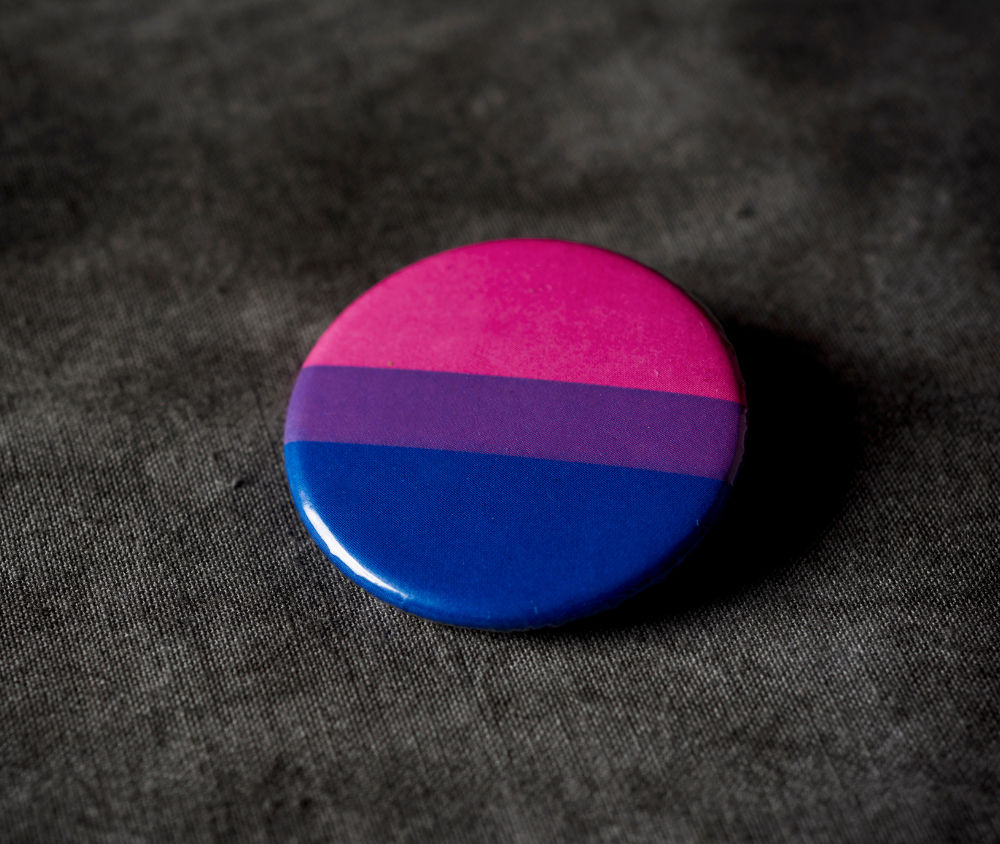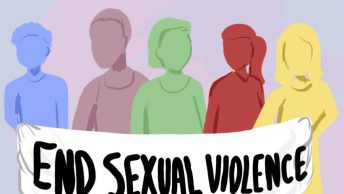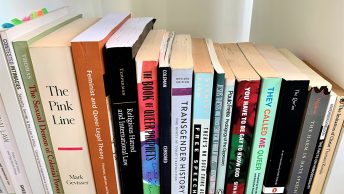
On the IHLIA Research website, scholars and students regularly write about LGBTQI research. Read their contributions on our blog.
This time a contribution from Mo Cramer.
This analysis looks at the representation and visibility of bisexual women in Dutch magazines aimed at women who love women during 1980-1999. In the United States, the debate about bisexual women in the lesbian community was widespread in the 1980s and 1990s. These tensions were also addressed in the lesbian press. A number of scholars have analysed the contents of lesbian periodicals, concluding that negative discourse about bisexual women was present in its contents. The hostility toward bisexual women in the lesbian community can be traced back to the separation of lesbians from the American gay movement and the emergence of the feminist movement. Bisexuals formed a problem within these separate groups.
Negative discourses surrounding bisexuality frequently emerge in discussions about the topic. These include the erasure of bisexuality as a valid and separate sexual identity, as well as the construction of bisexuals as deviant, untrustworthy or unwilling to pass up their “heterosexual privilege.”
For this research the Dutch periodicals Amarant, Bi-nieuws, Diva, Ma’dam and Zij aan Zij were analysed. The focus was on the visibility and representation of bisexual women and whether discourse about bisexuality addressed the hostility of lesbian women towards bisexual women. This analysis therefore provides an insight into whether these tensions and especially the discussions thereof, were as prevalent as they were in the United States in the 1980s and 1990s.
ABOUT MO CRAMER
My name is Mo, I’m a history student at Leiden University with a great interest in queer history.
I completed my bachelor’s degree in history with a thesis on bisexual representation and I am currently finalising my master thesis, also in the field of queer history.
From September to December of last year I was a research intern at IHLIA studying the representation of bisexual women in Dutch queer magazines.
Visibility
In the periodicals Diva and Ma’dam, the visibility of bisexuality was extremely limited. The understanding of sexuality as binary was very evident in the contents of these two periodicals. Bisexuality did not seem to be considered as a serious, valid sexual orientation or at least not yet. This may be explained by the fact that these magazines defined themselves as lesbian magazines and considered their contents relevant for bisexual women as well, as both groups share an attraction to women.
Bisexual women were notably more visible in Amarant, and particularly in Zij aan Zij. However, it was striking that their visibility was predominantly through personal contributions, such as letters or articles specifically focussing on the invisibility of bisexuality in which they shared their personal perspectives and experiences.
Hostility
Notions of tensions between lesbian women and bisexual women were found in several articles, particularly those featuring contributions from bisexuals. Bisexual women noted their encounters with bi-negativity from lesbian women or friends of their lesbian partners. Furthermore, in several articles the interviewers broached the topic of tensions between the two groups. In Bi-nieuws, several extensive articles on the discussion of bisexuals in lesbian and feminist circles could be found. These articles were translated from the American bisexual press. No extensive articles on this topic were found in the context of the Dutch situation.
This analysis therefore illustrates that widespread hostile discussions about bisexual women were not evident in the Dutch lesbian (and bisexual) press during 1980-1999. Another interesting conclusion is that the visibility of bisexuality in the various publications seemed to reflect the period in which they were published. Bisexual representation was most prominent in Zij aan Zij, a periodical published from the mid-1990s onwards.
This research also illustrates that these periodicals are a rich source for further research. Bi-nieuws, for example, frequently highlighted the invisibility of bisexuality in society and acknowledged that the bisexual movement in the Netherlands was still in its early stages. A more focussed analysis of this periodical can provide an interesting insight into the history of the Dutch bisexual movement and its representation in the press.
This is a summary of the research Mo conducted. Read the complete discourse analysis on the IHLIA Research website







